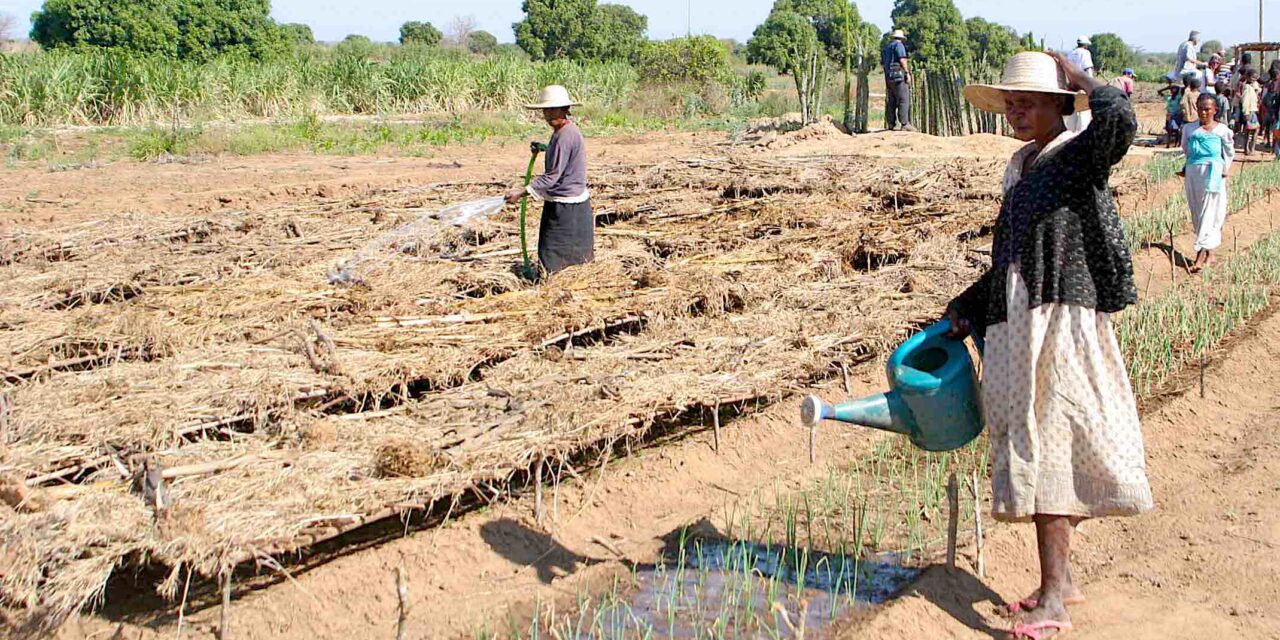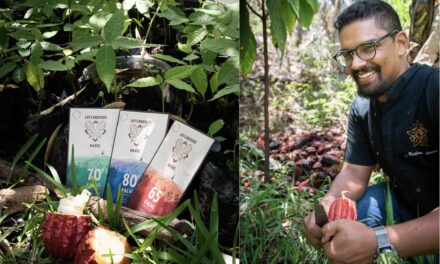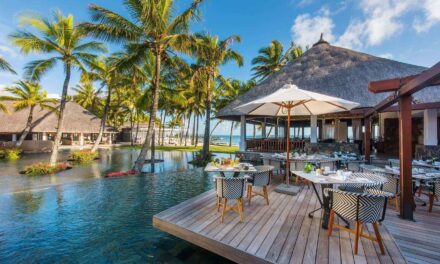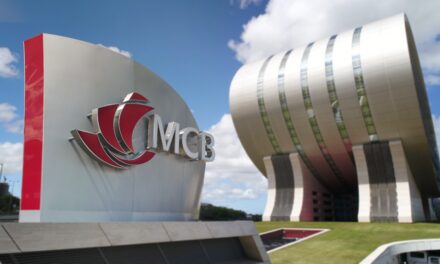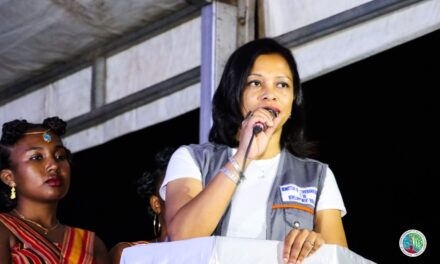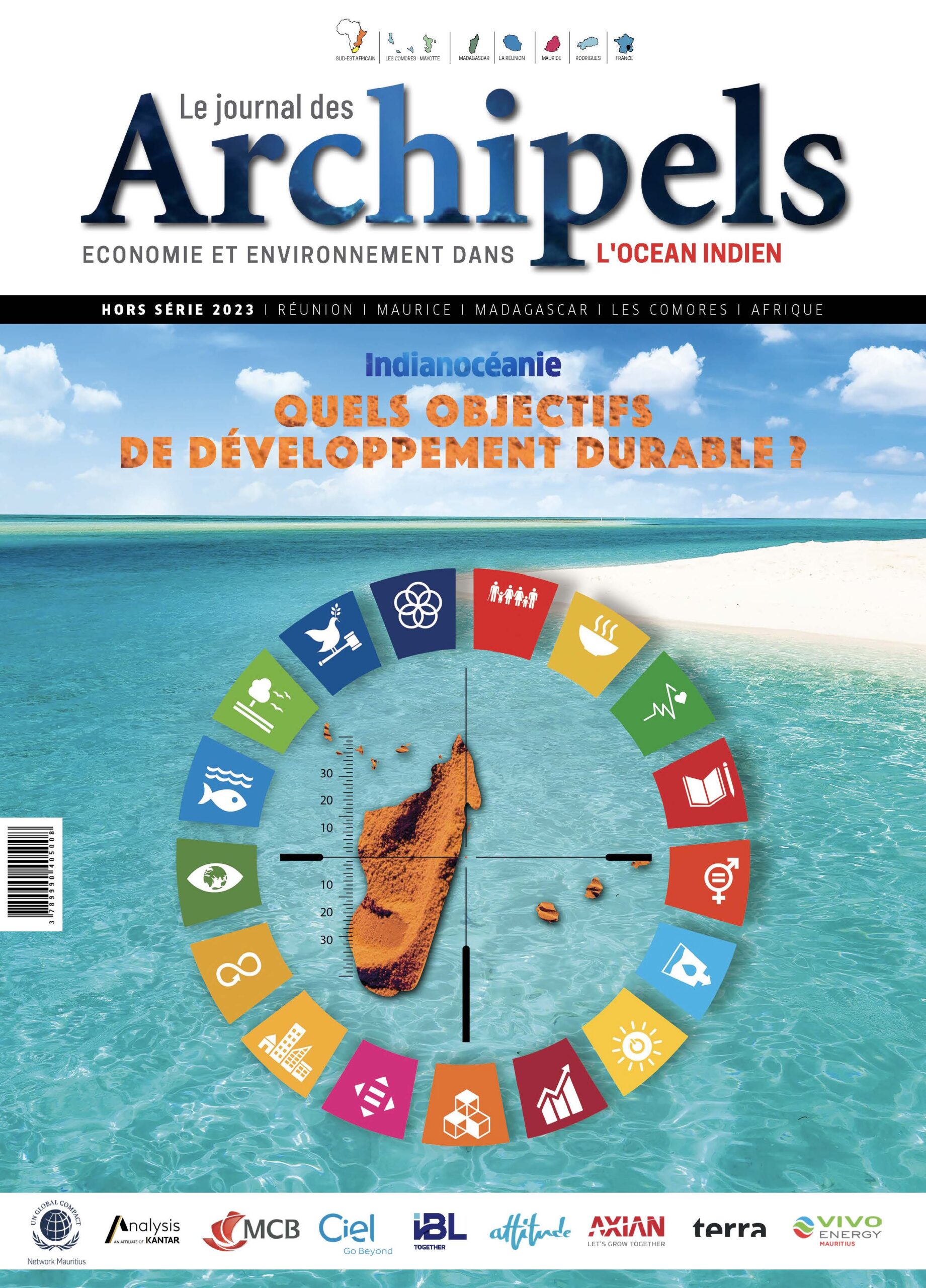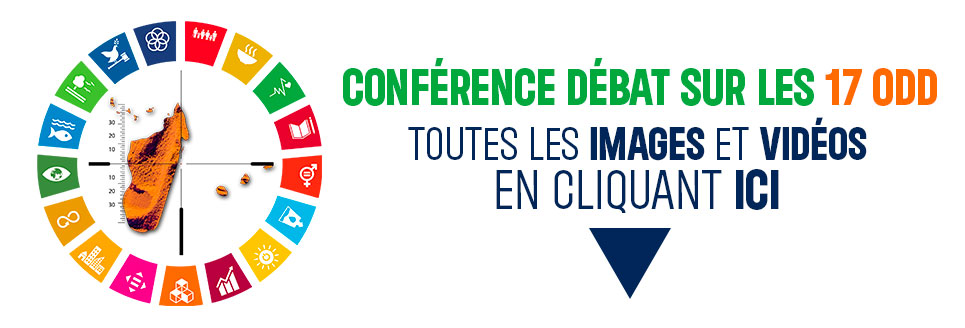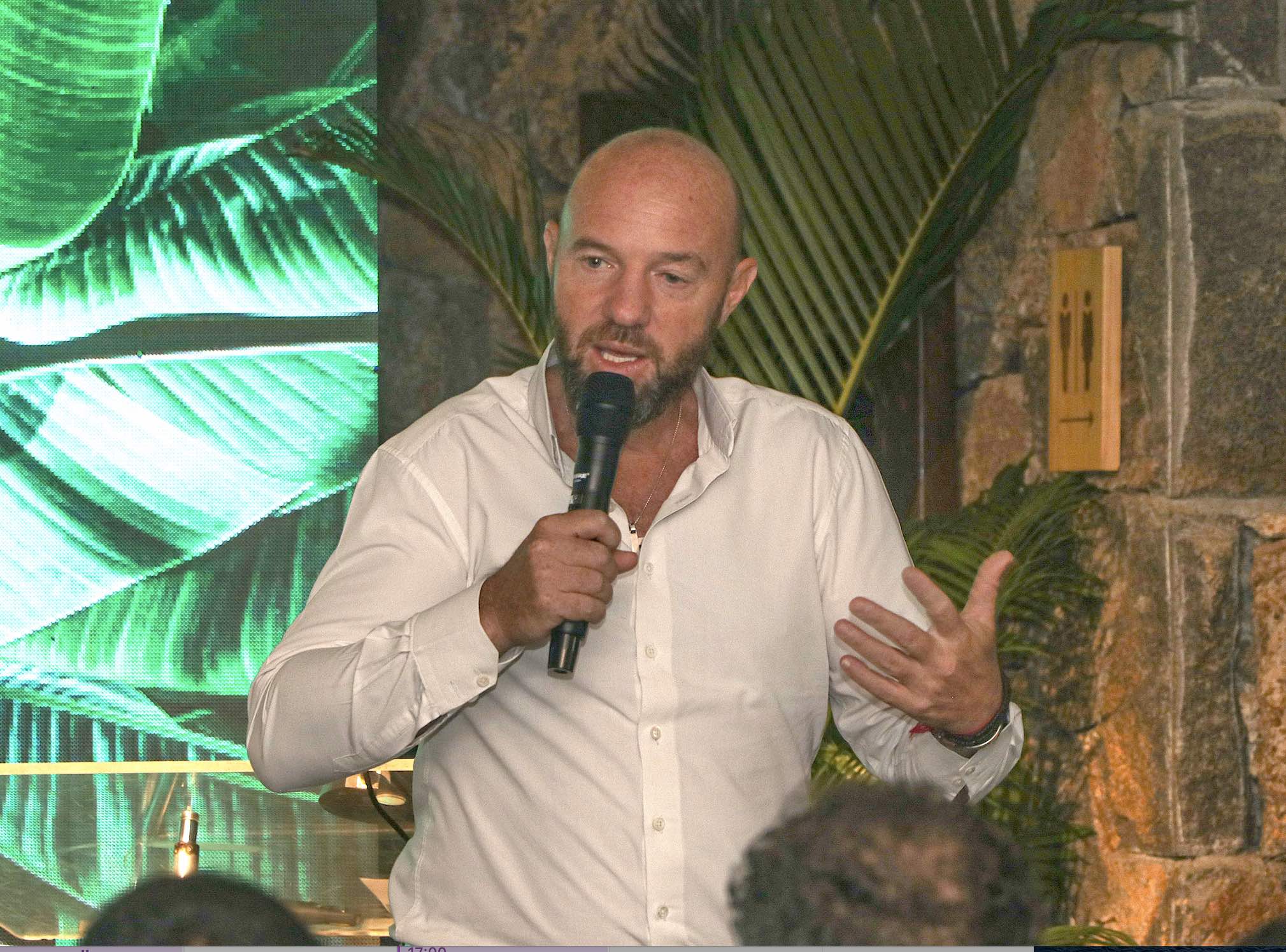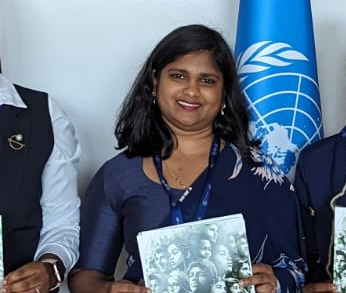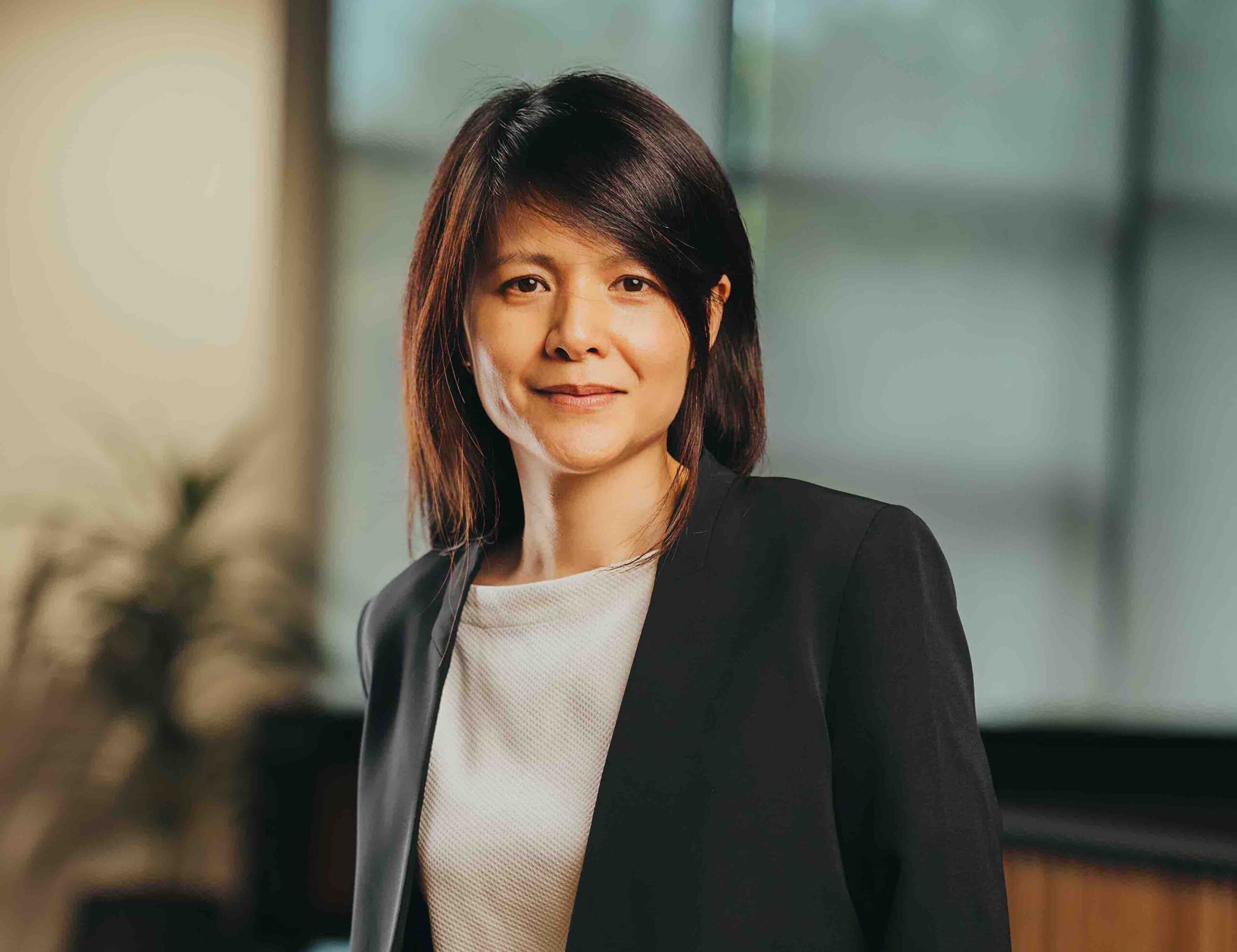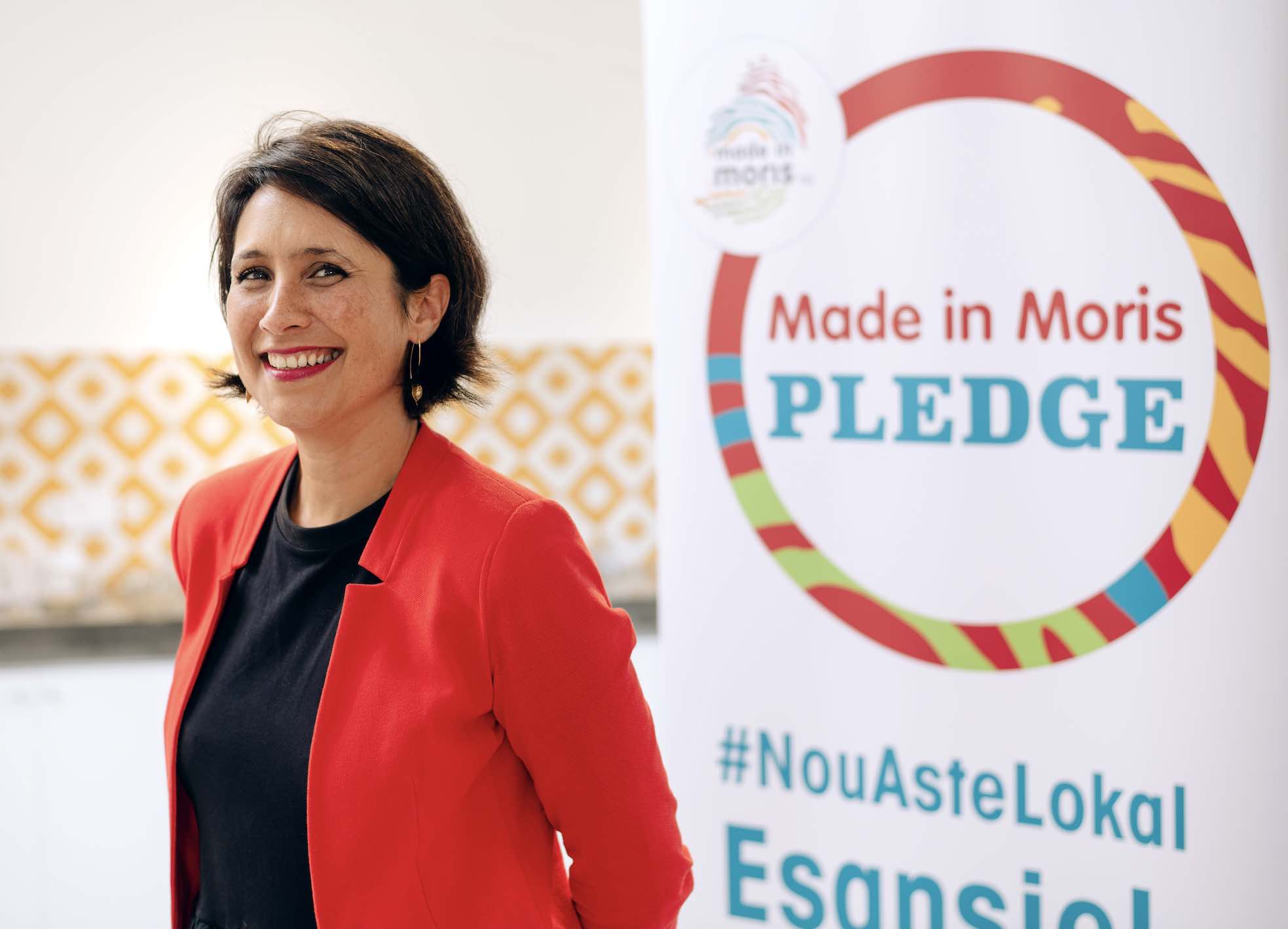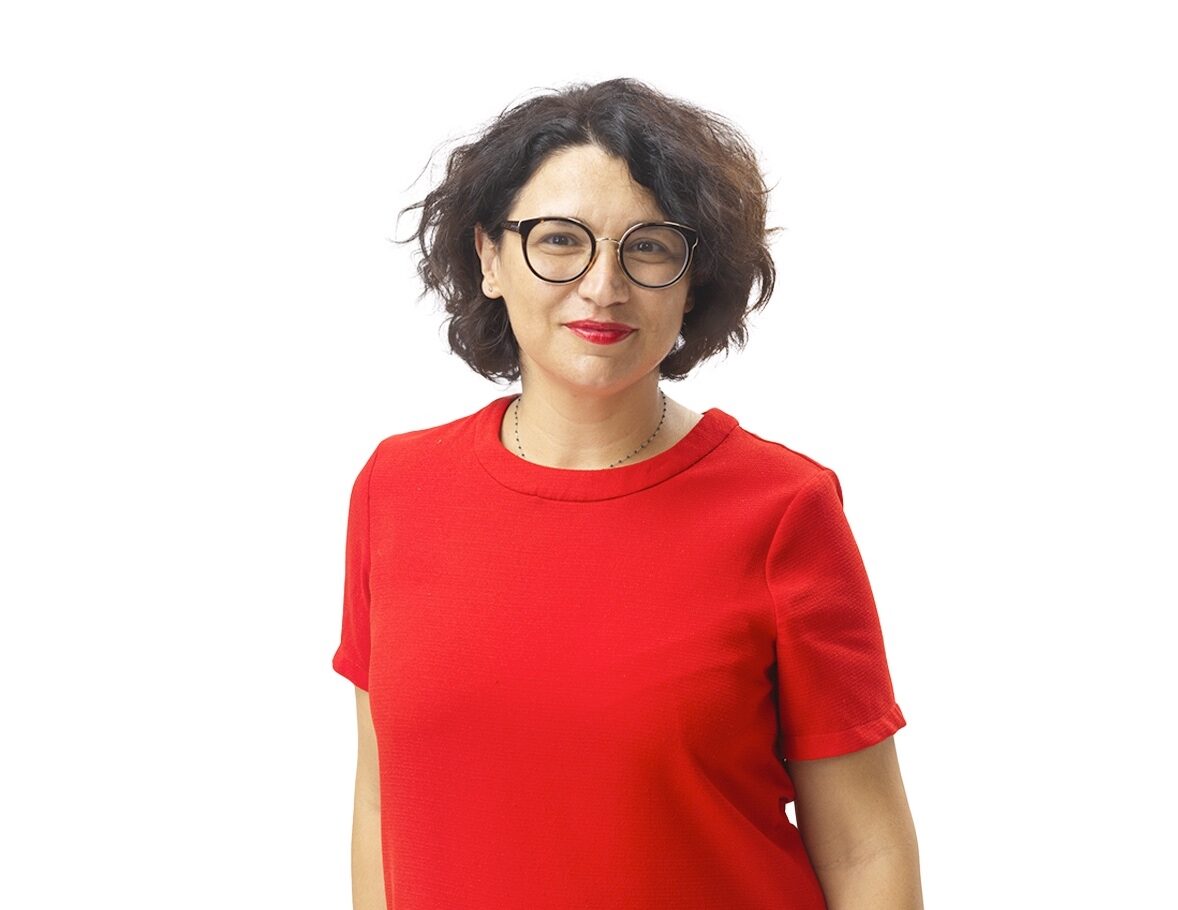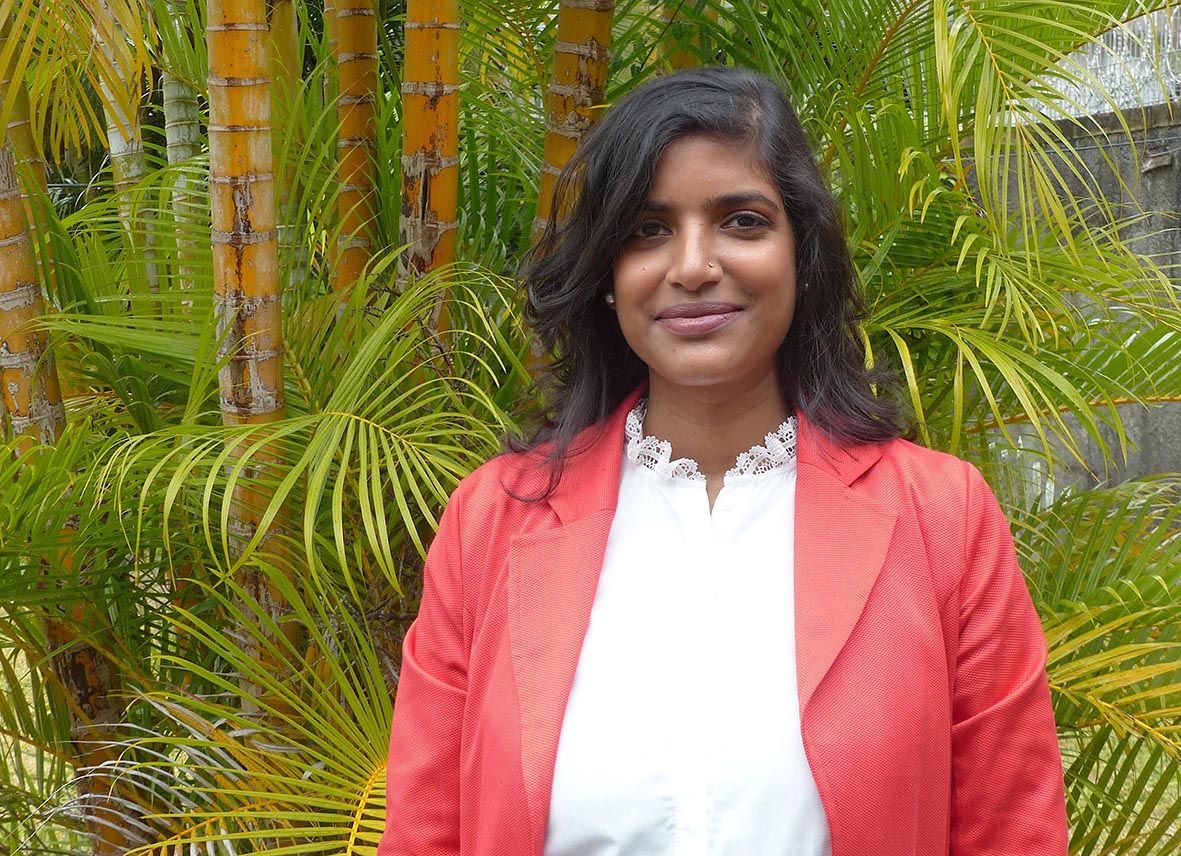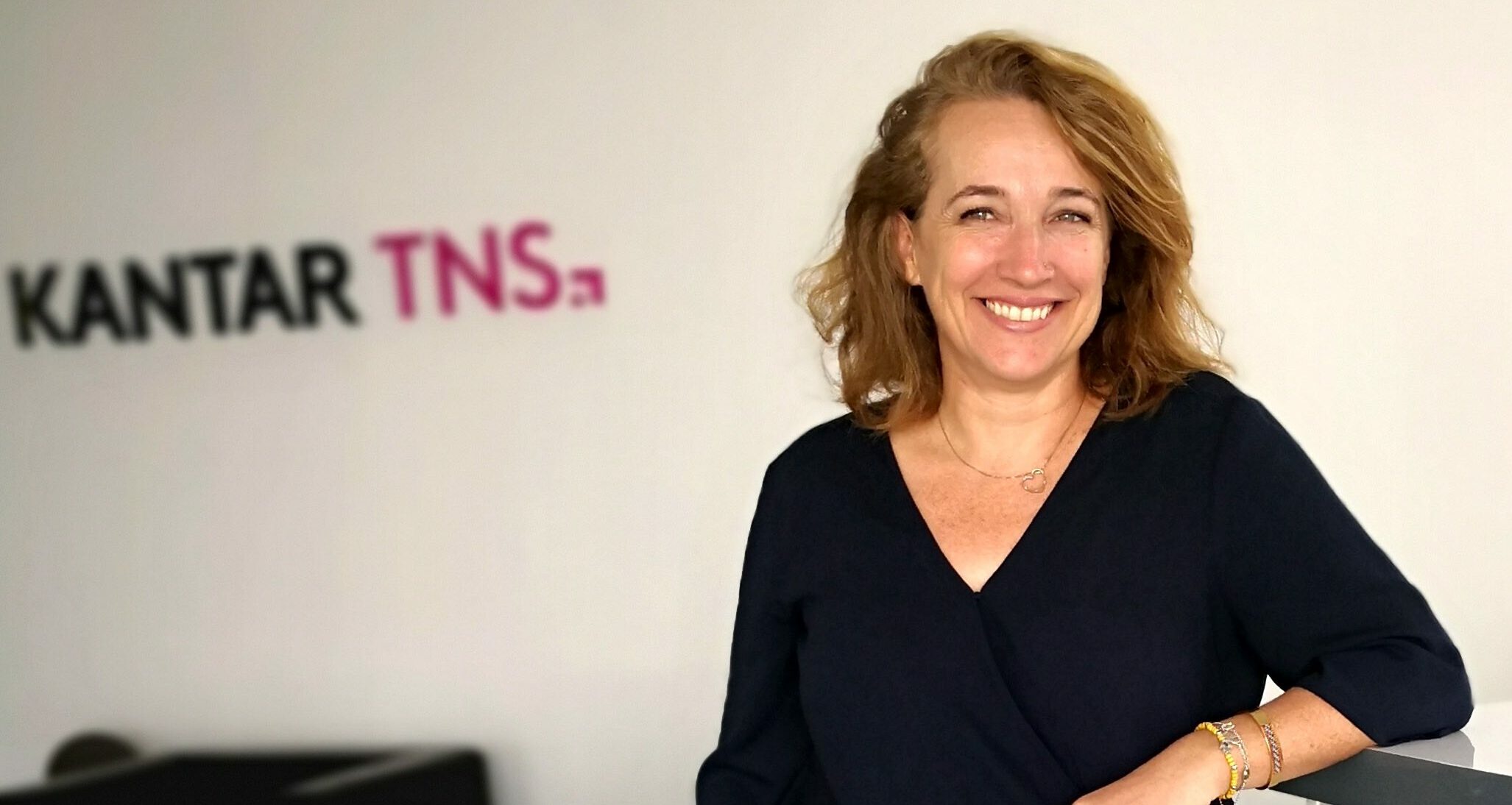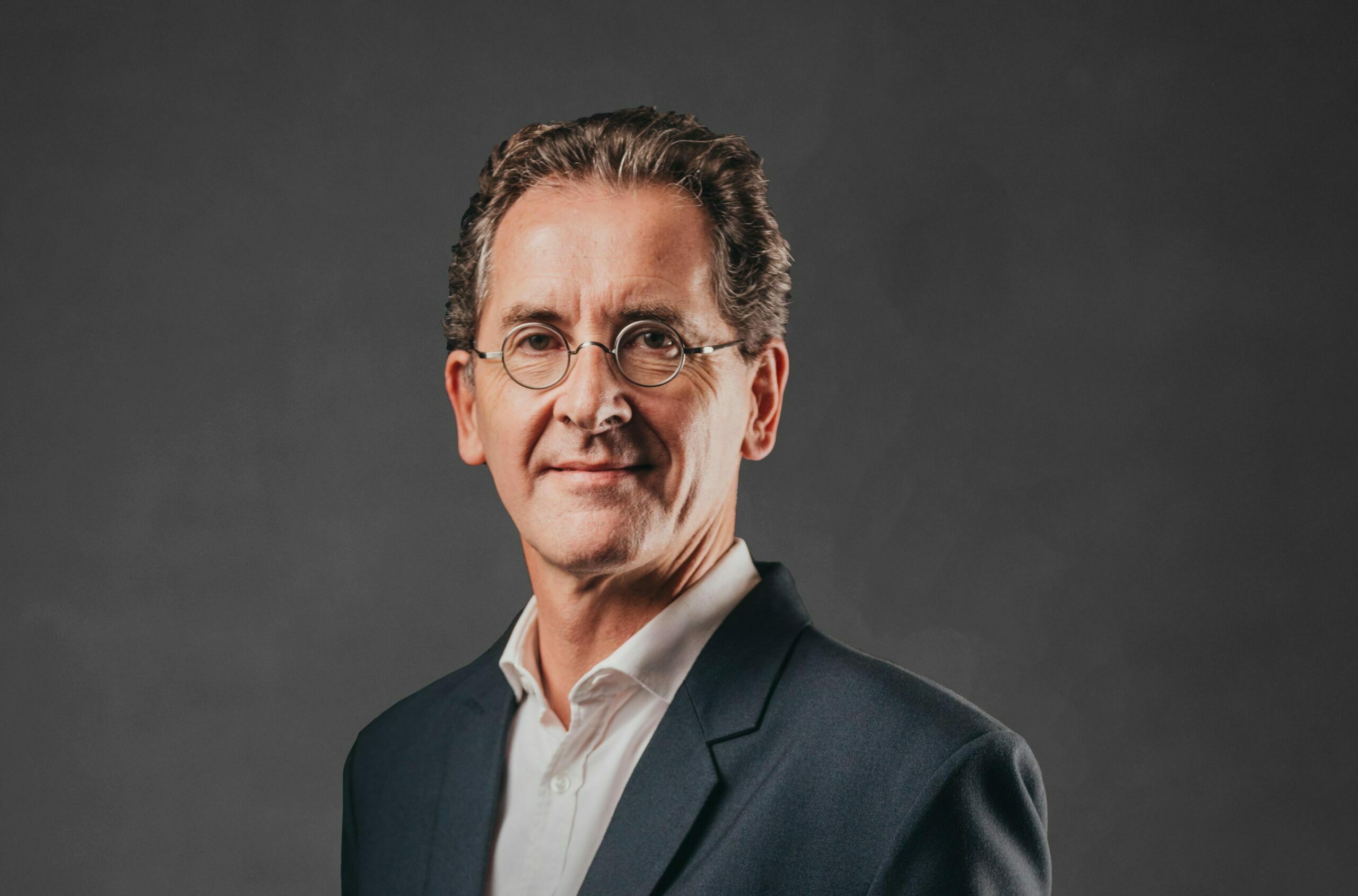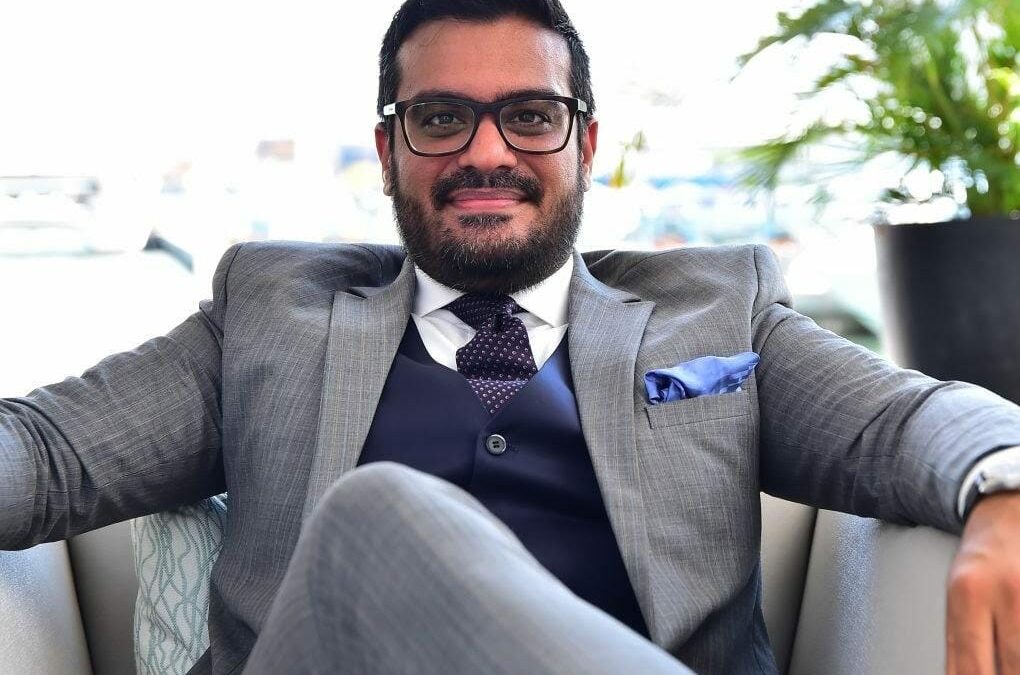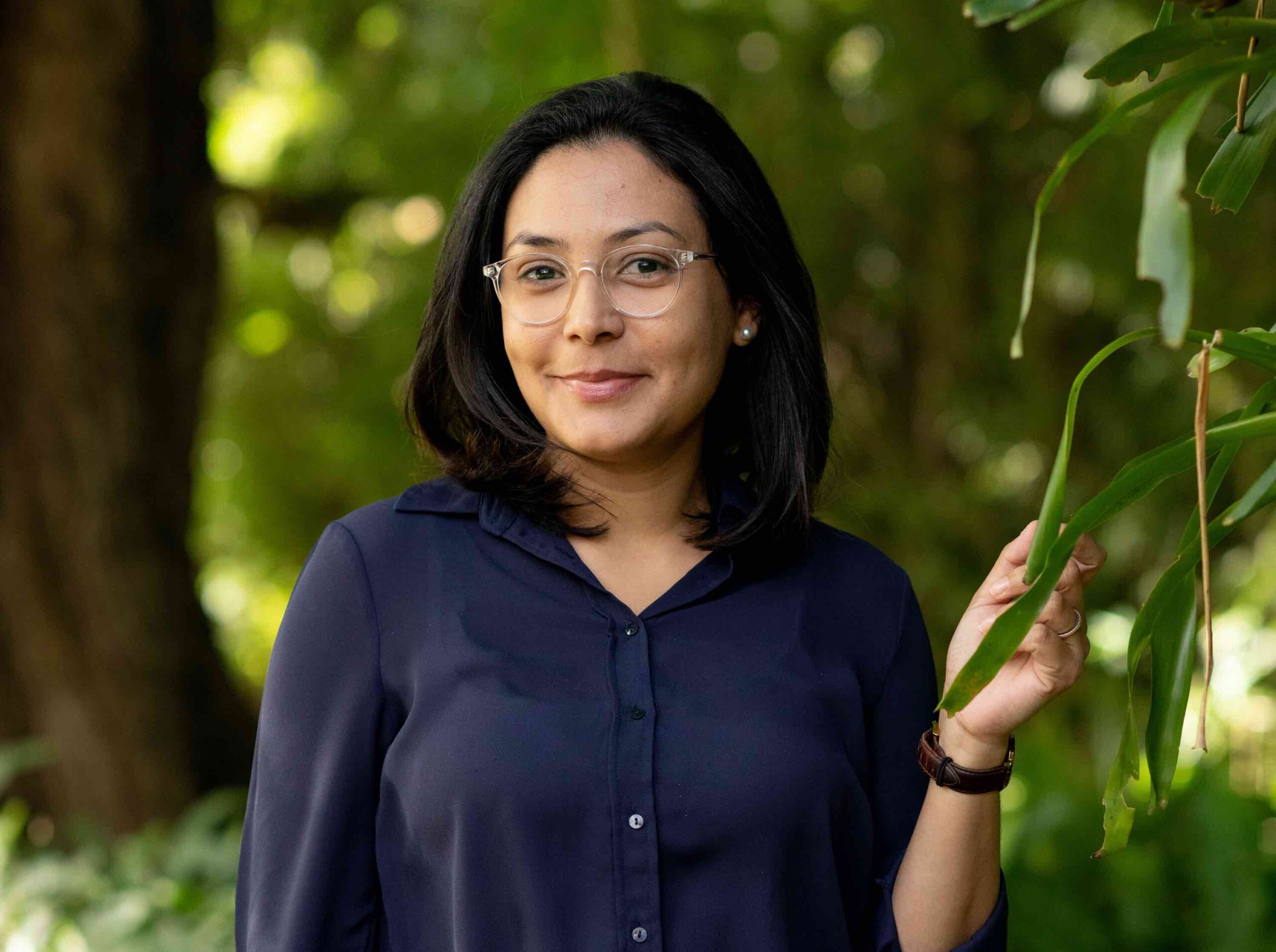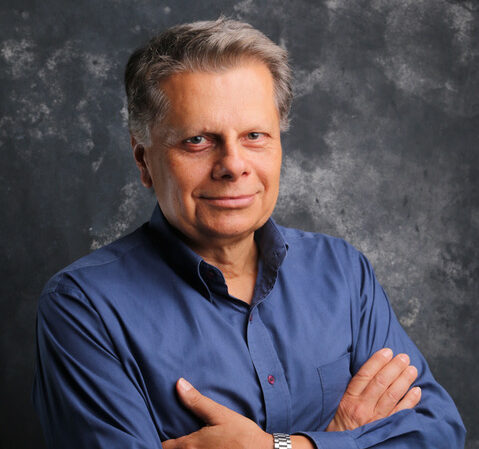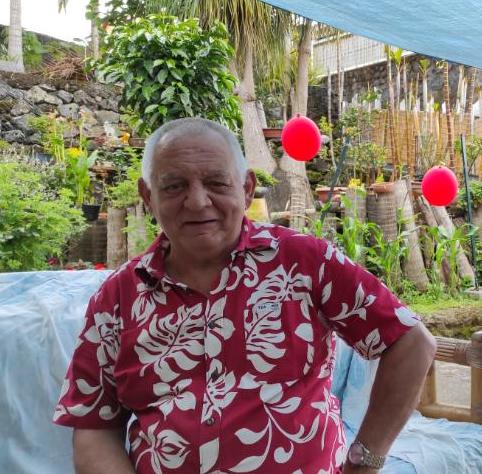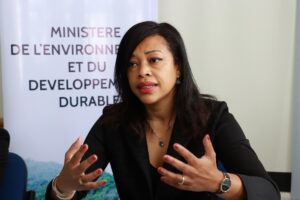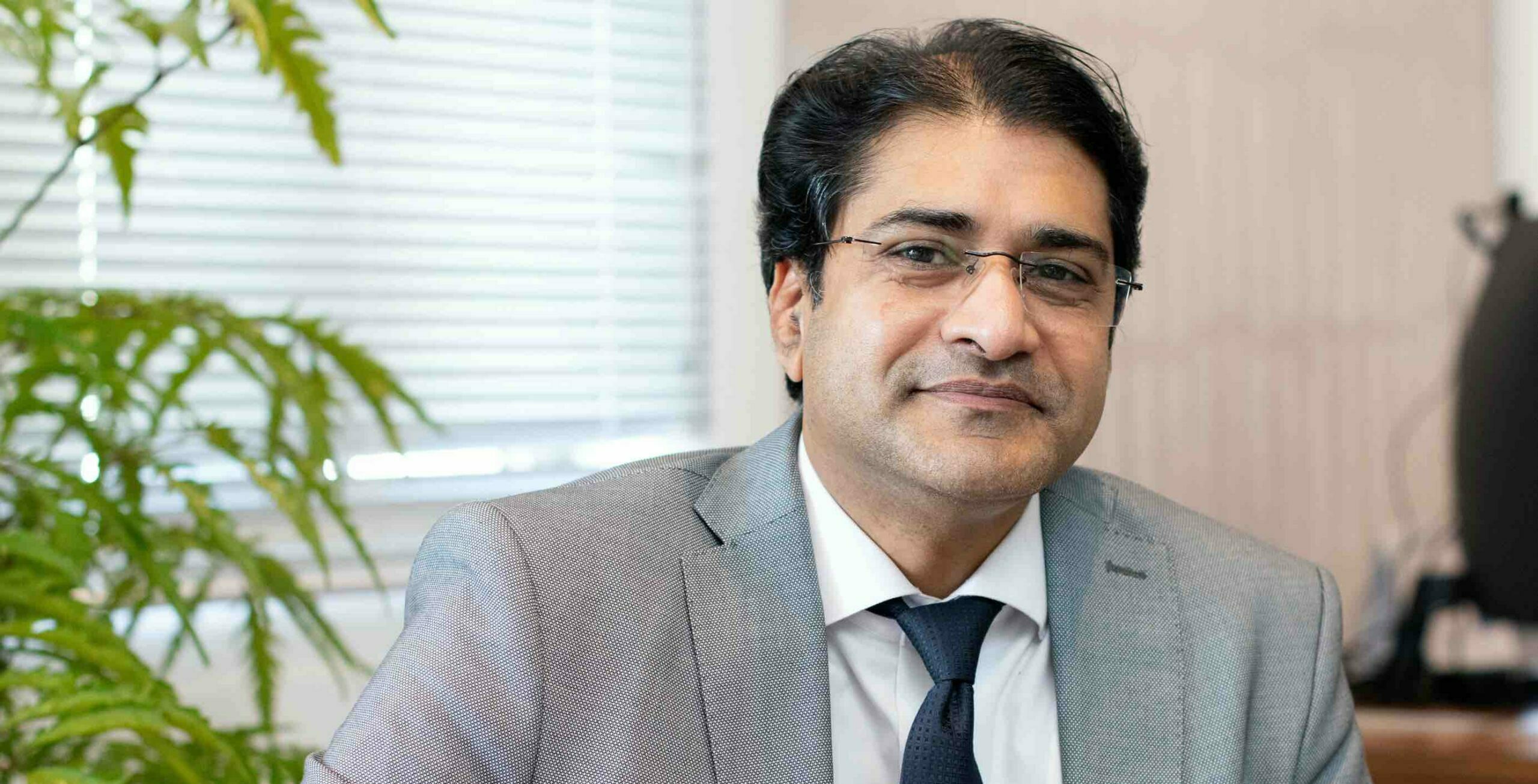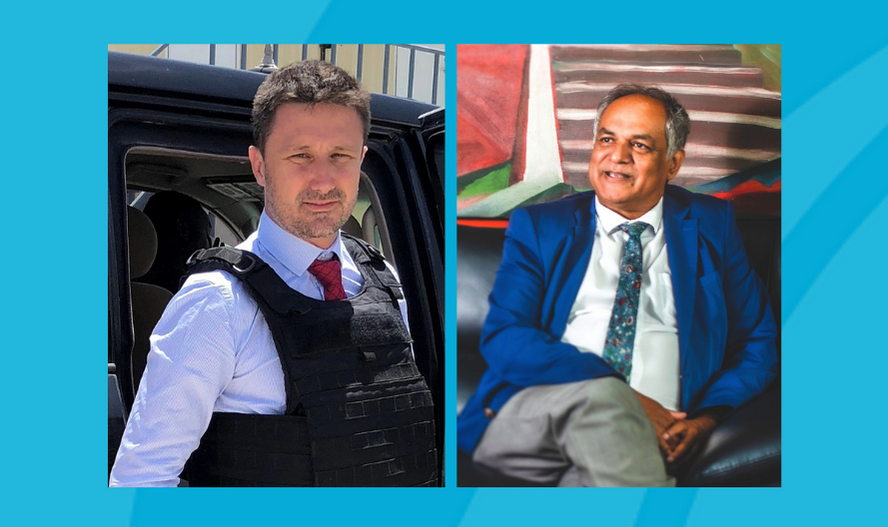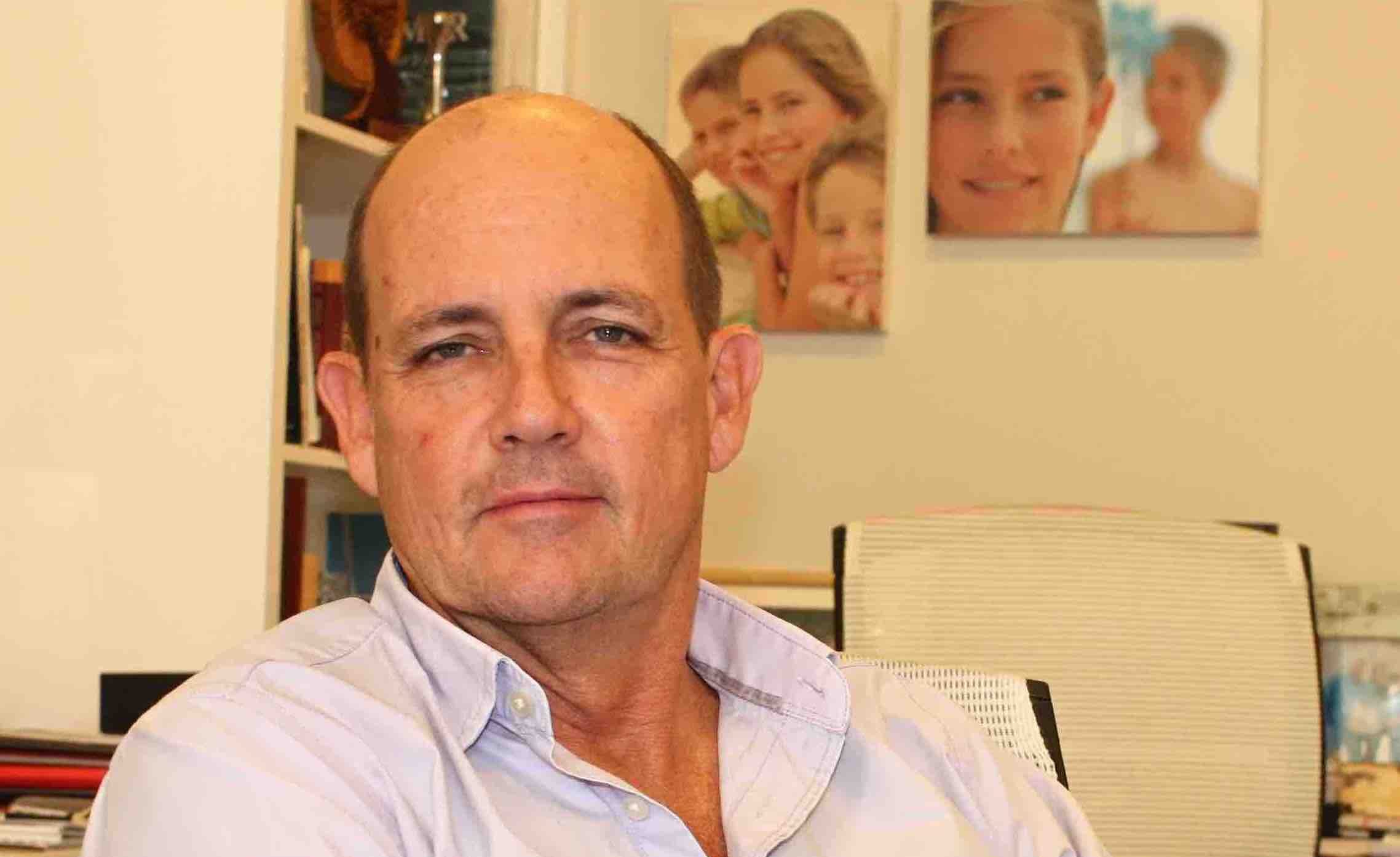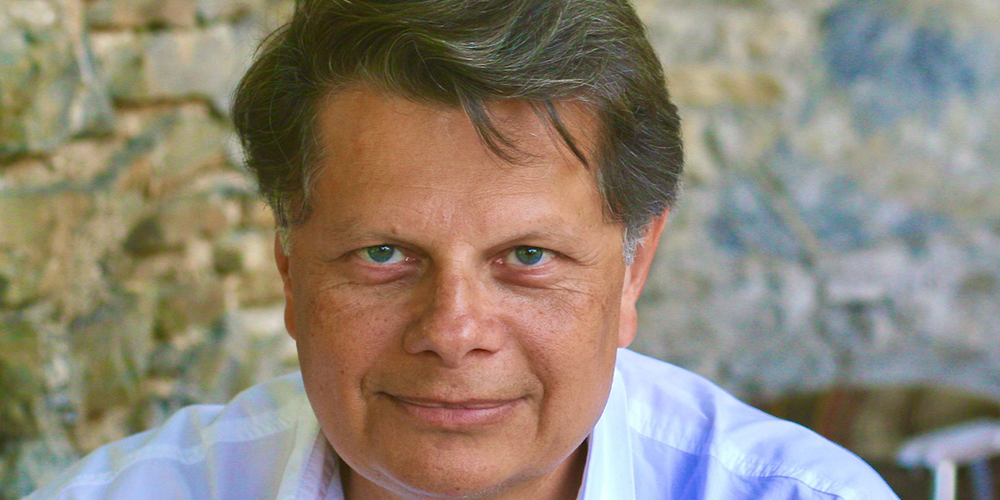Agricultural experiment in the Berenty region (Androy) supported by the De Heaulme group.
In the southern part of Madagascar, the phenomenon of Kere (food crisis and economic distress) has taken on a worrying dimension since last year. The demographic pressure and the aggravated drought are leading to a deadly competition for land and water. How can we put an end to the great misery in this part of the island? Le journal des Archipels deciphers the situation and the solutions envisaged.
Excerpts from our article to be read in full on the paper version of the magazine:
According to the WFP (World Food Programme), the South is currently facing a humanitarian crisis with 1.35 million people affected by food insecurity. Beyond emergency solutions such as the caravan distributing food in Anosy, Androy and Atsimo Andrefana, this organisation calls for the implementation of a long-term safety net system. However, it is estimated that this type of programme requires at least 200 million dollars for a period of five years. But a support structure, such as the African Risk Capacity (ARC), is ready to accompany the country in this area.
A barrier on the Beampingaratra mountain
However, the project that arouses the most enthusiasm is the one that aims to solve the energy deficit and the drinking water problem in the south at the same time. According to its promoters, the aim is to provide innovative and sustainable solutions with a rapid execution time to eradicate the lack of water in this part of the island as well as the supply of electricity to the regions, which will subsequently spawn the emergent villages. The aim is to install a set of infrastructures to produce energy and supply water to the country through the construction of a dam on the Beampingaratra mountain (1915 m in altitude) towards the Androy plain and part of Anosy. The project, which will require between 1 and 1.5 billion dollars of investment in PPP (public-private partnership) format, also provides for the production of energy thanks to water turbines, as well as fresh water. According to our information, a group of investors has already expressed interest in this project, which will take between 24 and 36 months to complete. To be continued in our columns…
Liva Rakotondrasata and Tsirisoa R., permanent correspondents


